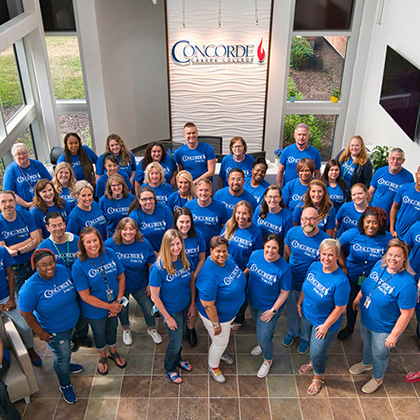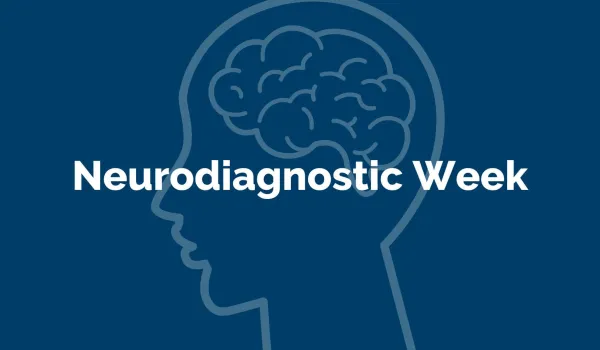Concorde Staff

Saving Your Smile
We all know the drill: Brush and floss after every meal. Do we know it? Yes. Do we do it? Well, for the vast majority, the straight answer is no. Whether it's because of a busy schedule or simple forgetfulness, there are always a plethora of excuses.
Most of us seem to go about our lives doing only what we have to in order to ward off cavities and painful trips to the dentist. We probably spend more time trying to whiten our teeth than properly maintaining them. Here's the problem, though: What good are shiny, white teeth if they are not in your mouth?
The Pain of Periodontitis
We've all had that dream- the one in which our teeth fall out. It is never pleasant, but for some of us, the possibility is very real. The bacteria that form tartar and plaque buildup can also create not only gingivitis but eventually periodontitis. Not everyone will develop gingivitis, but all people with gingivitis will develop periodontitis if it goes untreated.
Periodontitis is what causes tooth loss to occur. Over time, your gums and bone are eroded by the constant onslaught of good and bad bacteria in your mouth. As the soft tissue and bone erode, your teeth detach from what is left of the bone and eventually fall out. This is a long process that causes various levels of pain and discomfort along the way until eventually the tooth (or teeth) just fall out.
As the physical foundation of your teeth changes, you may also experience a shifting of your teeth and a misaligned bite. This misalignment can then lead to gastrointestinal problems, as you learn to chew in different, less painful ways.
Saving Your Smile in Three Easy Steps
Step One
Step one is doing exactly what your mother, father, and dentist have been telling you since you were a toddler: Brush, floss, rinse and repeat. It's simple, well known and proven, and yet we still do not do it. According to a recent survey co-authored by the American Dental Association, one out of every four Americans doesn't even know when to change his or her toothbrush, let alone how long he or she should be brushing and exactly how. The same survey found that only 49% of those surveyed flossed even once a day. Only half of the American population does the bare minimum required to keep their smile safe. For those of us who have forgotten, you should change your toothbrush every three or four months, and if you need a quick refresher on how to brush properly, click here.
Step Two
Step two is something we all love to do: Eat. Eating can actually help your body keep your teeth and gums healthy. But here's the catch: You have to eat wisely by choosing foods that are beneficial to your overall oral health. And yes, you still have to brush and floss afterward. The following is a partial list of delicious dental dynamos that can help reduce the number of toxic bacteria in your mouth and promote positive oral hygiene:
- Tea: Helps in slowing down bacterial growth;
- Cheddar cheese: Helps reduce pH levels in the mouth;
- Meat: Helps to protect tooth enamel;
- Vegetables: High water content helps to counteract the negative effects of sugars; and
- Nuts: High calcium and phosphorus content are good for tooth remineralization.
Now that you've taken a reinvigorated approach to maintain your stunning smile with healthful additions to your diet, let's look at a few foods that can work against your dental health:
- Soda pop
- Cookies
- Cake
- Pie
- Muffins
- Potato chips
- Bananas
- Candy
- Pretzels
- Dried fruits
All of the foods listed in this second group will fuel the bacteria that attack your teeth, and even with proper maintenance, may cause oral health problems. Most people are probably already aware of these, but for those who are not, keep this list somewhere handy for easy reference.
Step Three
Step three is probably the most important step in maintaining a healthy smile for years to come, and for making sure that those pearly whites stay in your mouth and not in a jar somewhere: Go to the dentist!
Even the most ardent flossers among us can do only so much. Unseen pockets of toxic bacteria are often hidden under your gums and in the farthest corners of your mouth. Only a regular preventative dental program can ensure you will always have the warm, friendly smile you have today.

Next Steps?
We have a Concorde representative ready to talk about what matters most to you. Get answers about start dates, curriculum, financial aid, scholarships and more!



